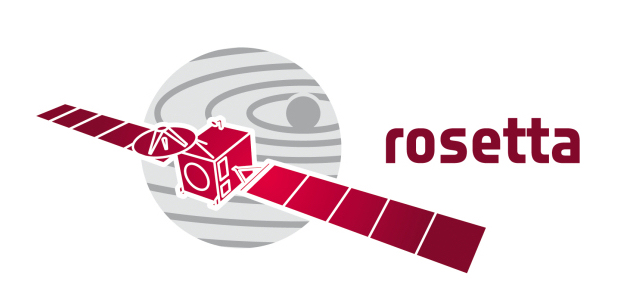
Rosetta image archive complete
All the high-resolution images and data from this pioneering comet mission are now available in both the Archive Image Browser and the Planetary Science Archive.
On July 17, 2018, the European Space Agency and the Planck Collaboration have released to the public a new and improved version of the data acquired by the Planck satellite, which constitutes the final official release from Planck. New scientific results based on this data are described in a set of scientific papers which have been submitted to Astronomy & Astrophysics and the arXiv, and which will be presented at COSPAR 2018 42nd Assembly on 19 and 20 July.
An article accompanying the release has been published in the ESA Science website describing some of the scientific highlights of this release. The new Planck products can be obtained from the Planck Legacy Archive (PLA), located at the ESAC Science Data Centre.
 Image: Planck collaboration
Image: Planck collaboration 
All the high-resolution images and data from this pioneering comet mission are now available in both the Archive Image Browser and the Planetary Science Archive.
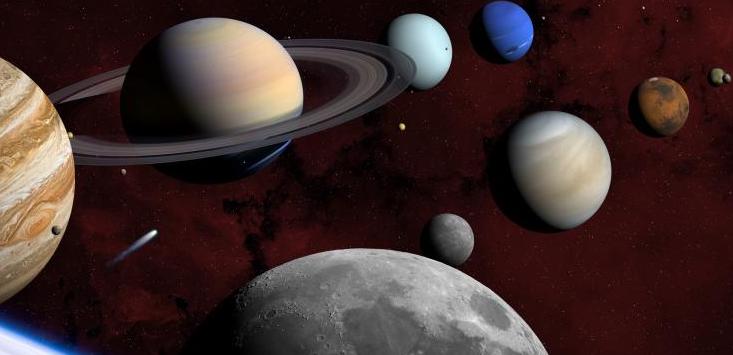
The meeting, held on June 14 and 15, 2018, discussed the current status of the PSA as well as future developments.
Full story

More than 40 scientists gathered together to advance in their research and to start new collaborations.
Full story

We present a set of educational activities that make use of the application, aimed at Secondary School students.
Full story
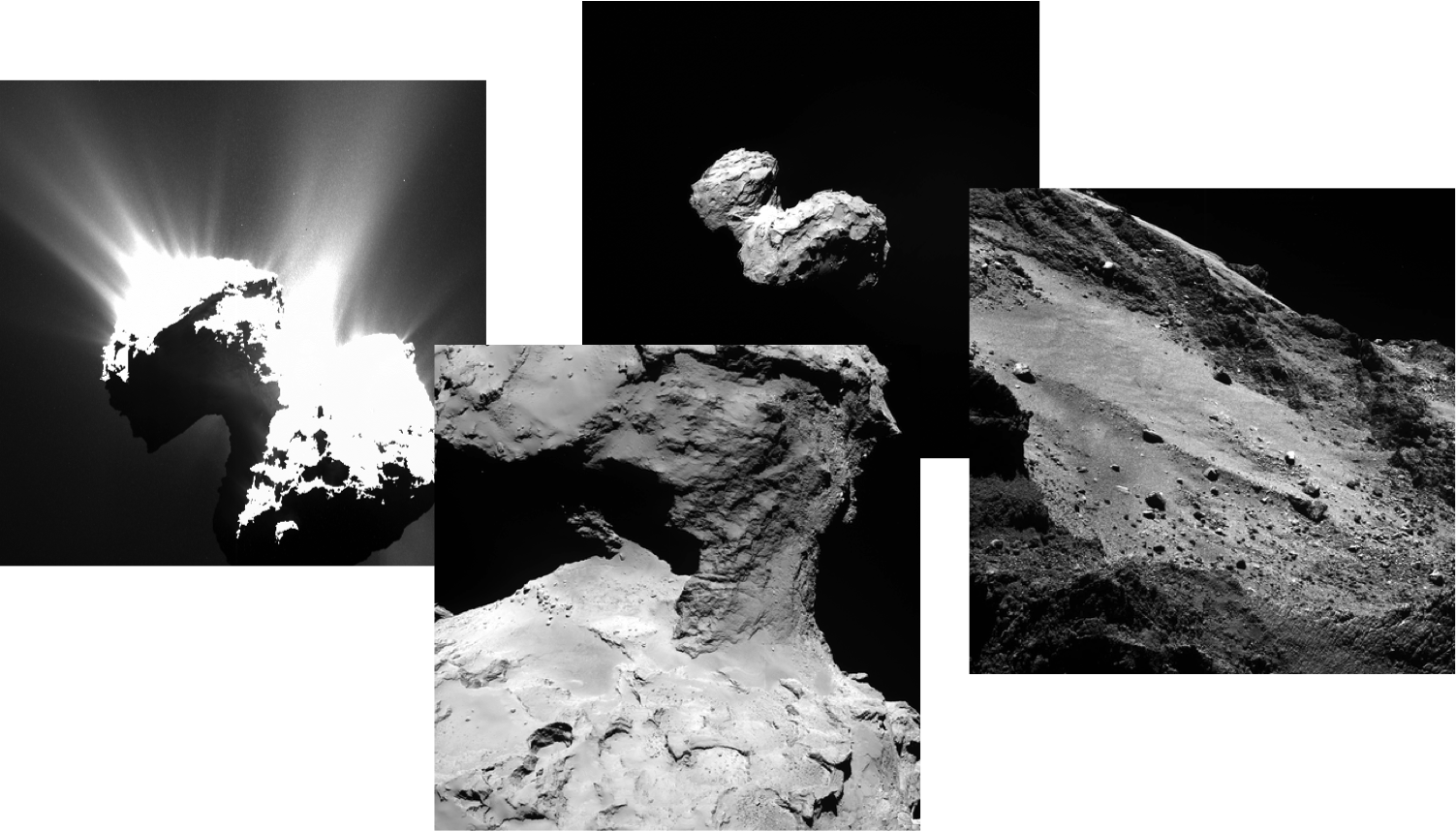
Rosetta, the pioneering mission following and landing on comet 67P/Churyumov-Gerasimenko, has delivered the last batch of high-resolution images from its OSIRIS camera to the Planetary Science Archive. This last delivery covers the period from July 2016 to the end of mission in September 2016. The PSA now contains public data from all eleven science instruments onboard the spacecraft.
Launched in March 2004, Rosetta traveled through the Solar System to meet comet 67P/Churyumov-Gerasimenko in August 2014, following the comet as it was approaching the Sun in its orbit. In November 2014, the Philae lander was released onto the surface of 67P. Although the lander bounced from the planned landing site, it was still able to send back high-resolution pictures and other information on the nature of the comet. Rosetta continued to study the comet and its environment until September 30, 2016, when the mission concluded with a controlled touchdown onto the comet surface. The story of the mission, illustrated with some of its own stunning images, is reviewed in this Twitter thread.
Images from the OSIRIS camera, including this last delivery, are available as well in the Archive Image Browser, which also hosts images taken with the spacecraft’s Navigation Camera.
All high-resolution images from the OSIRIS camera of the #Rosetta mission are now available at the Planetary Science Archive #PSA and the Archive Image Browser #PSAImageBrowser. #RosettaArchiveImages pic.twitter.com/5Ppv0k0CQx
— ESA ESDC (@ESAesdc) July 6, 2018
Image: ESA/ESDC
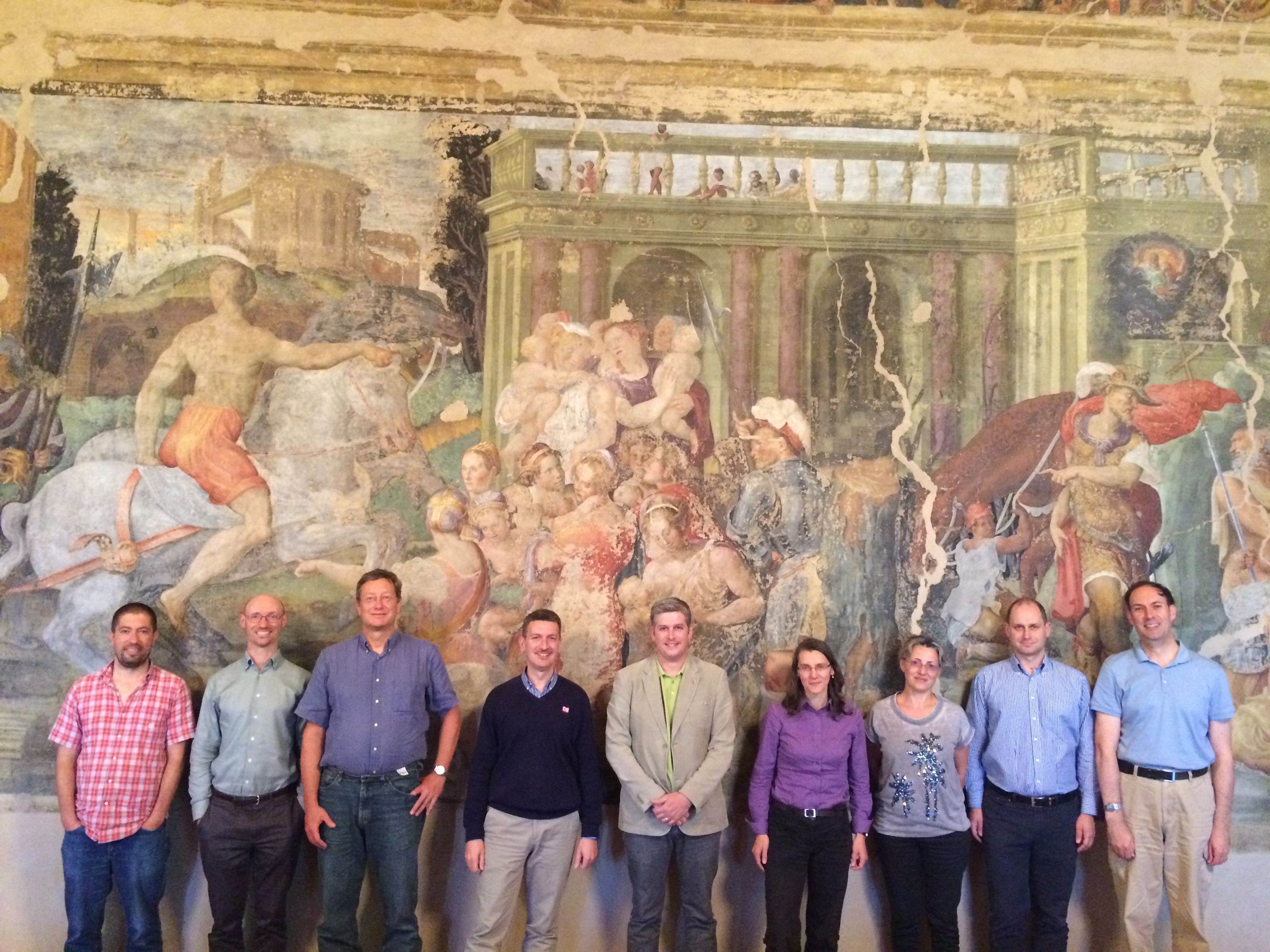
The last meeting of the PSA User Group was held on June 14 and 15, 2018, in Bologna (Italy). The group members talked about the status of the Planetary Science Archive, and discussed future development routes.
Special emphasis was done on the ways to improve datasets from legacy missions, in particular providing missing calibration data to enhance the usage of the archive by scientists external to the missions. There was agreement on the benefit of high-level products delivered by the community, and that the PSA should explore ways to provide support for this.
Participants also examined the status of ongoing and future missions (ExoMars, Bepi Colombo). Ideas for cross-archive functionality with the Astronomy and/or Heliophysics archives were positively viewed as a way to enhance the scientific exploitation of the datasets.
For more information, please refer to the minutes of the meeting, that will soon be available through the PSA-UG webpage.
Image: ESA/ESDC
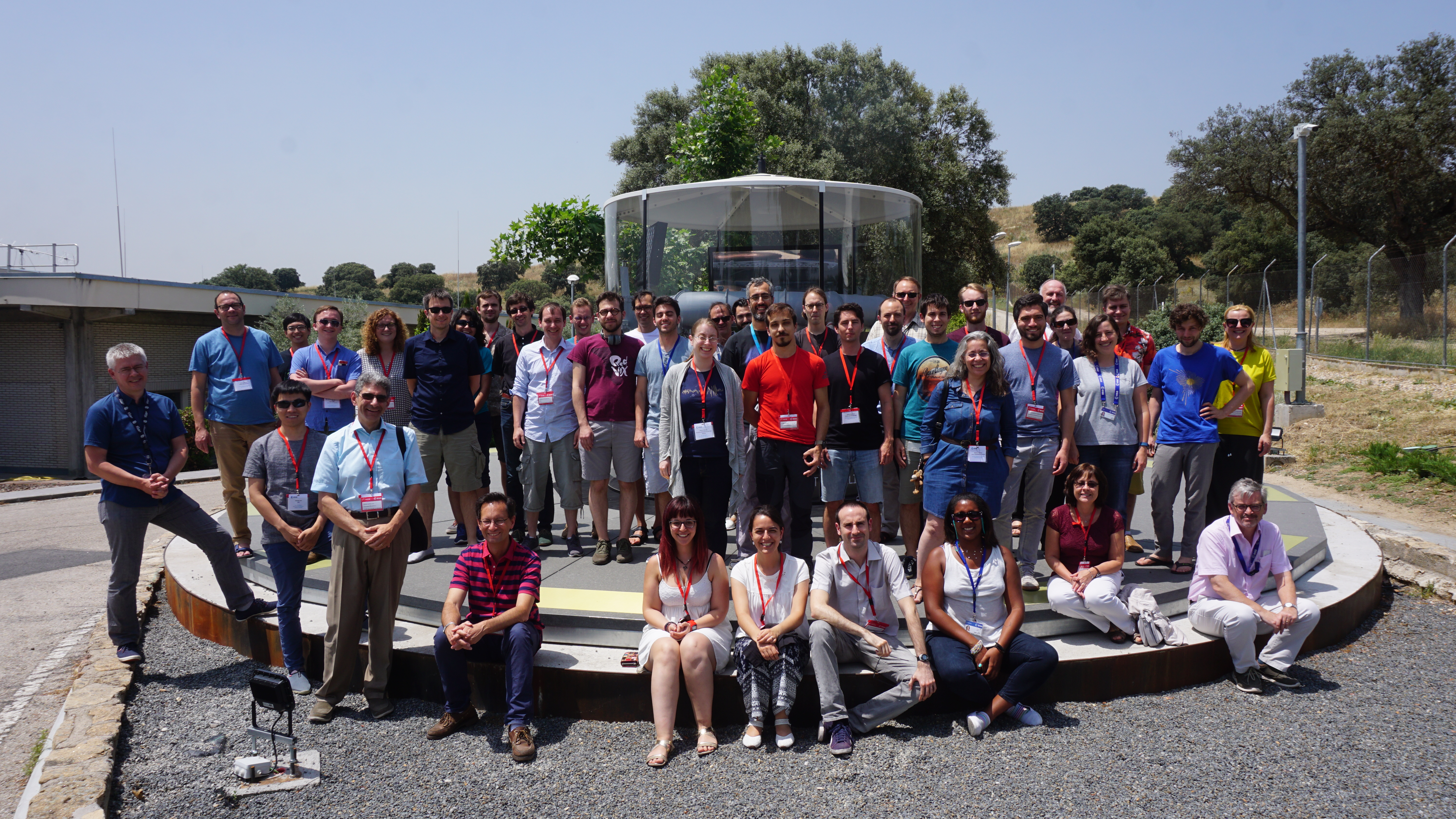
ESAC hosted the first Gaia Exploration Lab on 25-29 June 2018, inspired in the series of Gaia Sprints held in New York and Heidelberg.
The main objective of the lab was to bring scientists with common interests together, providing the means to benefit from knowledge of others and to start new collaborations.
The format of the meeting was more similar to a hacking week than a conference. Most of the time was free of formal programme, so attendees could organise themselves and decide on which field, project or collaboration to focus. No formal presentations or lectures where scheduled; they were replaced by a few optional and spontaneous break-out sessions following the participants’ requests (e.g. systematic errors, cross-match with external catalogues, radial velocities, ..). Additional meeting rooms were available for groups with a common goal.
The mixture of people (42 participants plus organisation) ranged from PhD students to senior researchers. The balance between members and non-members of the Gaia Data Processing and Analysis Consortium (DPAC) brought together hot research topics with deep mission and data expertise.
A final survey revealed that the goals of the Exploration Lab had been met: Most people were able to advance in their projects, and most participants were also able to start new collaborations. The vast majority believe it will help them produce papers. Overall, the participants’ feedback seemed enthusiastic about this format for subsequent meetings related to future data releases.
Image: ESA/Gaia DPAC
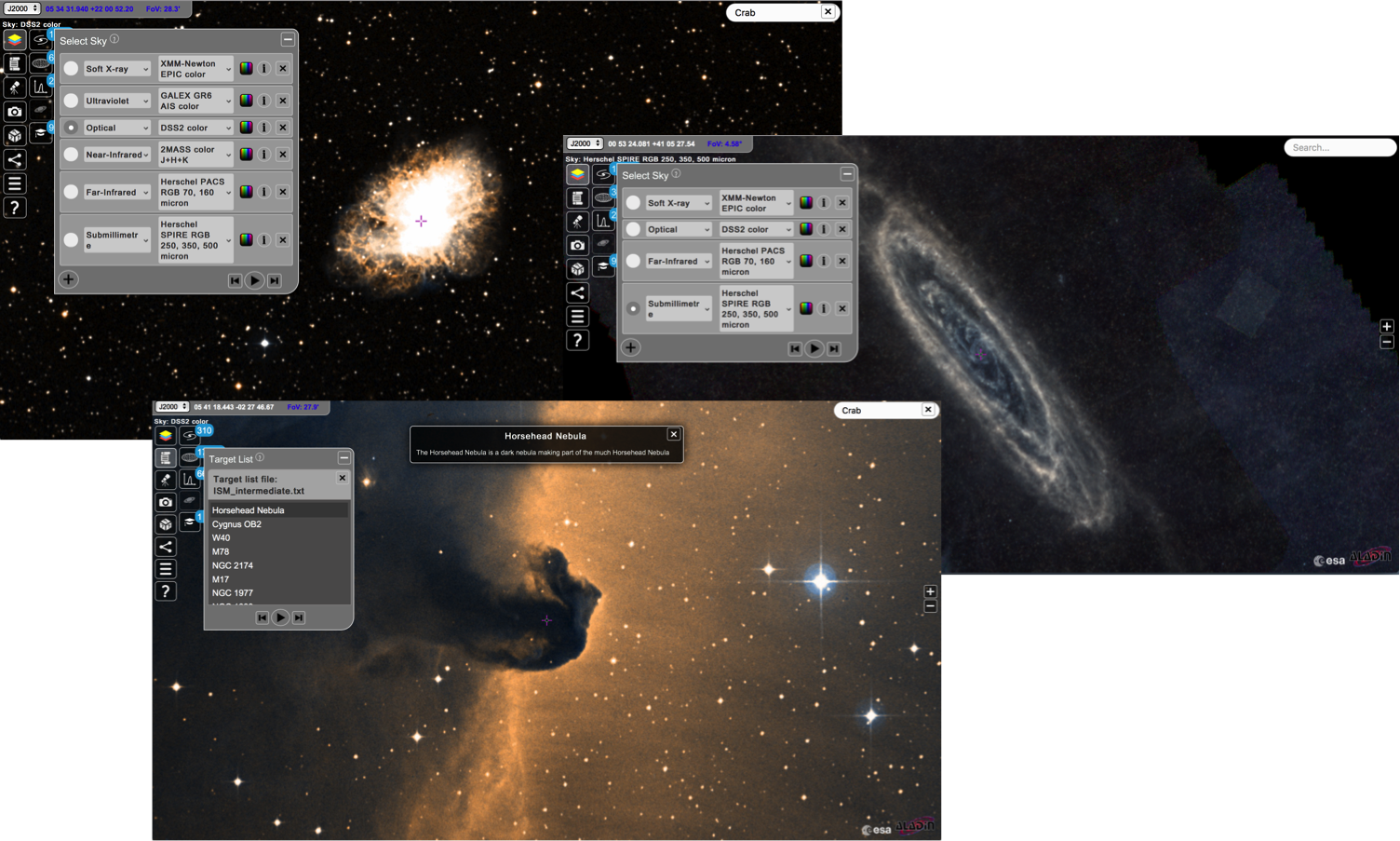
The ESDC, in collaboration with the CESAR educational initiative, has created several educational activities that take advantage of the visualisation and exploration capabilities of the ESASky application to teach Astronomy. These activities, aimed at Secondary School students, are guided investigations of the properties of different astronomical objects. Using the same observations as professional astronomers, students explore the features of the objects and compare them in different wavelength ranges, drawing conclusions on their nature and physical properties. They are intended to make science more accessible and appealing, and to help students develop scientific reasoning and critical thinking skills.
The ESASky educational activities (an introduction to multi-wavelength Astronomy, a study of galaxies and a study of the interstellar medium) take the form of interactive CESAR Science Cases, free online interactive educational activities on science and Astronomy topics. They were presented in a hands-on session of a teacher workshop organised by CESAR and held at ESAC on June 13-15, 2018. Feedback from the workshop participants, all of them Secondary School teachers, was very positive.
Image: ESA/ESDC